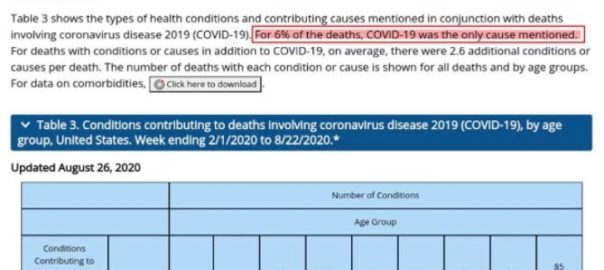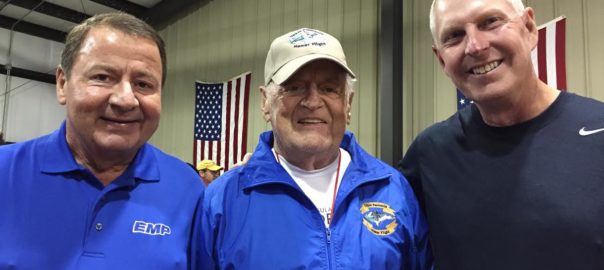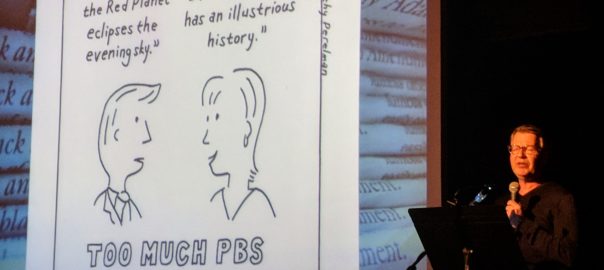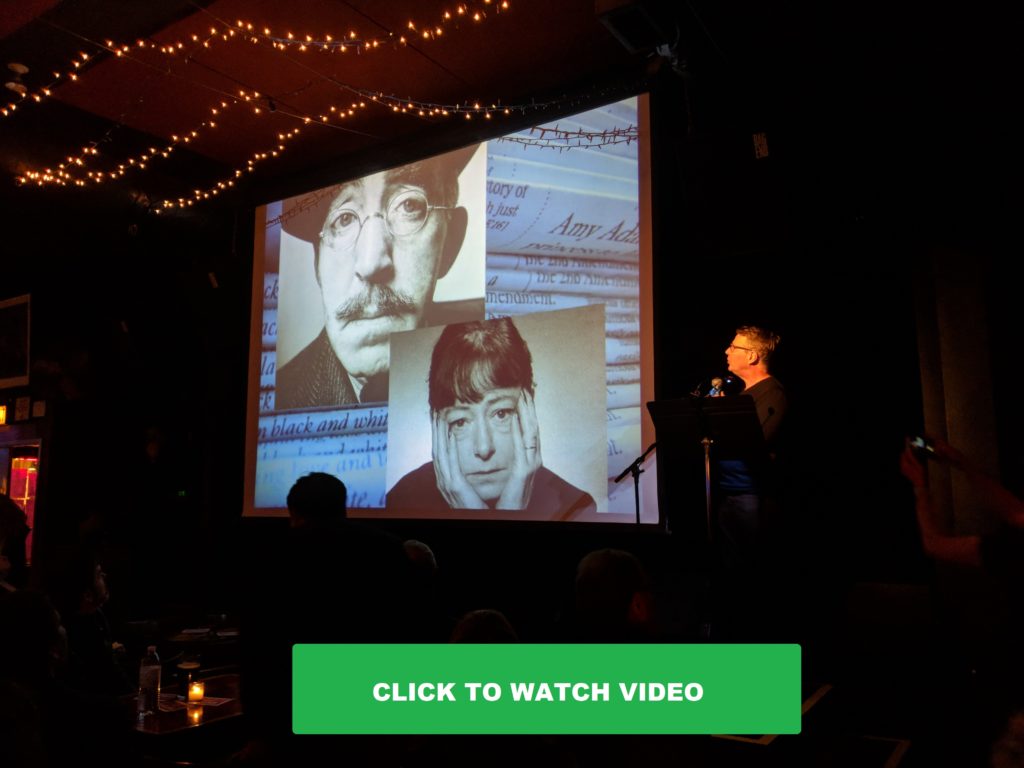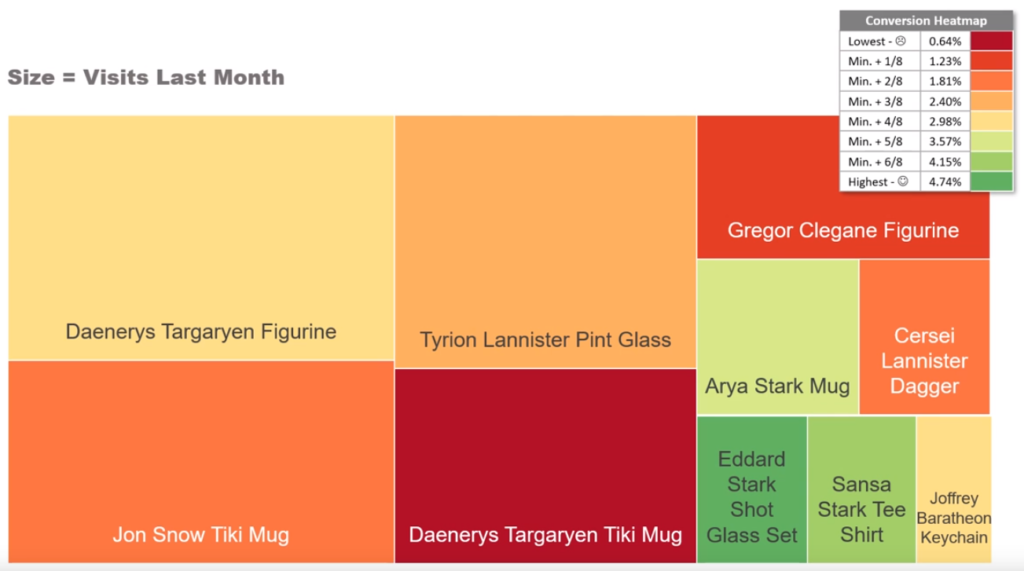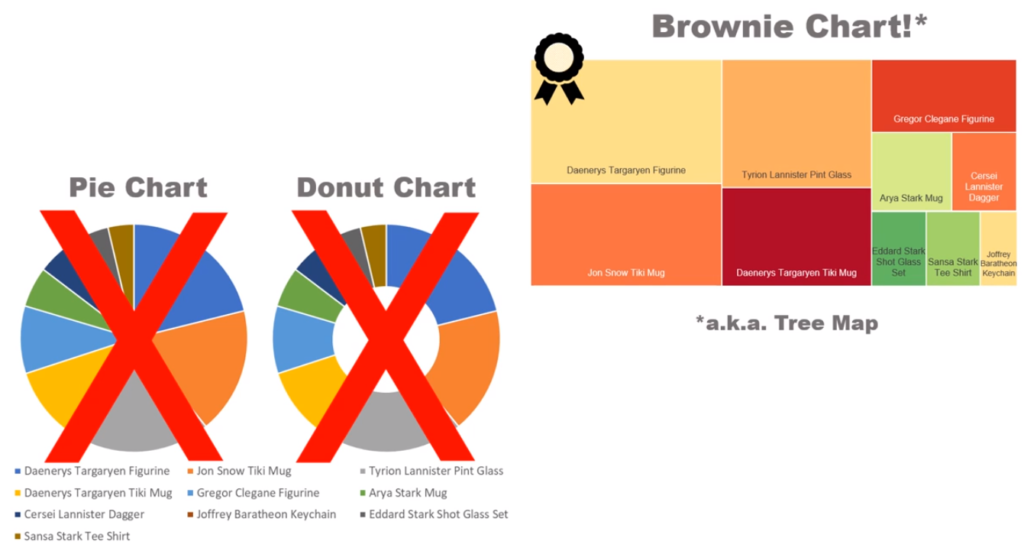Update: The tweet that seemed to trigger the disinformation being shared (graphic of it shown above) was ultimately pulled down by Twitter. But not before it was shared with millions of Twitter accounts.
This morning a friend sent me an email with an attached video. In that clip, it showed a press conference where a health official defined a death by Covid-19 as, “at the time of death, the person has tested positive for Covid.” The video voice-over then said that this means if the infected person got in a car wreck or fell off of a cliff, that person was considered a Covid death.
This is a friend who should know better.
The temptation is to hit delete — to say nothing in order to preserve the friendship. But this has been a tough weekend for me. It seems much of the country is facing bleak news by trying conspiracy theories on for size. I’m not that sort, and instead (I guess) am coping … by being a scold. I hit Reply and wrote a response.
And guess what? I didn’t feel better afterward, but maybe me sharing facts with my friend will stop him from spreading toxic videos. If you’d like to join me in my role of scold, here are the facts I shared, in this excerpted email response.
Spread these facts and their underlying logic freely, because other people are spreading distortions at a far greater rate!
I’m sorry, but this is propaganda, not humor.
It talks about how if you die in a car accident while diagnosed as having Covid, it’s considered a Covid death. Hospital emergency rooms are not over-run with people who’ve been in car crashes or falling from cliffs. They’re full of people who would have been co-existing with — successfully managing — chronic conditions like heart disease or diabetes, but now are gasping for their lives and dying alone.
Remember Ronald Reagan’s “Welfare Queen,” Linda Taylor? He used it as an example of the rampant abuse of the welfare system, and it worked. Yes, she did abuse the system. But she was a statistical outlier, used by Reagon’s campaign to prove some outrageous trend. Here’s the truth:
This morning I’m seeing Twitter blowing up with “plandemic truthers” using CDC statistics to somehow minimize the deaths of tens of thousands of Americans … A number that’s currently three times the number of Americans killed in action during the entire Vietnam War.
People spreading these “what-about-isms” are unknowingly carrying water for those who would prefer to wish this pandemic away — or worse, those who are trying to pit people against each other. It’s a tactic refined by the KGB, which is Putin’s old training ground:
https://en.wikipedia.org/wiki/Whataboutism
The cause of slowing Covid deaths wasn’t helped by speakers at this week’s Republican National Convention. They intentionally referred to Covid in the past tense. That’s while 1,000 Americans every day were dying of having Covid while getting into auto accidents, or falling off cliffs. Or being old, or having heart disease or diabetes.
As I mentioned on the phone when you and I we were last chatting, pandemics produce a byproduct: Conspiracy theories.
The information bubble that some Americans talk themselves into is alarming, and is likely responsible for the fact that the U.S. has 4% of the world’s population but 25% of Covid cases.
Who knew the U.S. had so many car accidents compared to the rest of the world? Or cliffs?
If you’re socializing today, and talk to people about how Covid patients are dying of underlying conditions and not Covid, you might want to throw in one more underlying condition that has nothing to do with the virus — except it has everything to do with it. That’s the spike in suicides among emergency workers:
https://www.ncbi.nlm.nih.gov/pmc/articles/PMC7331553/
Yes. None of these nurses caught the disease. They just inconveniently took their lives at a time when they were working double shifts in extremely dangerous conditions with patients who were thoughtlessly dying — unable to say goodbye to their families except over a cell phone — at unprecedented rates.
(And somehow these dead healthcare workers aren’t being tallied as yet another subset of Covid deaths — certainly they should also be counted, right? As well as the people who are postponing cancer screenings while cancer was growing inside them, or those with heart attack symptoms who aren’t seeking help because they’re afraid they’ll catch the virus in a hospital? Their deaths aren’t included in our Covid statistics. Maybe that’s why experts say our current 180,000 deaths is actually an underestimate, not some willful exaggeration.)
So, I guess you shared this video with the wrong person, huh? 🙂
Stay safe.
